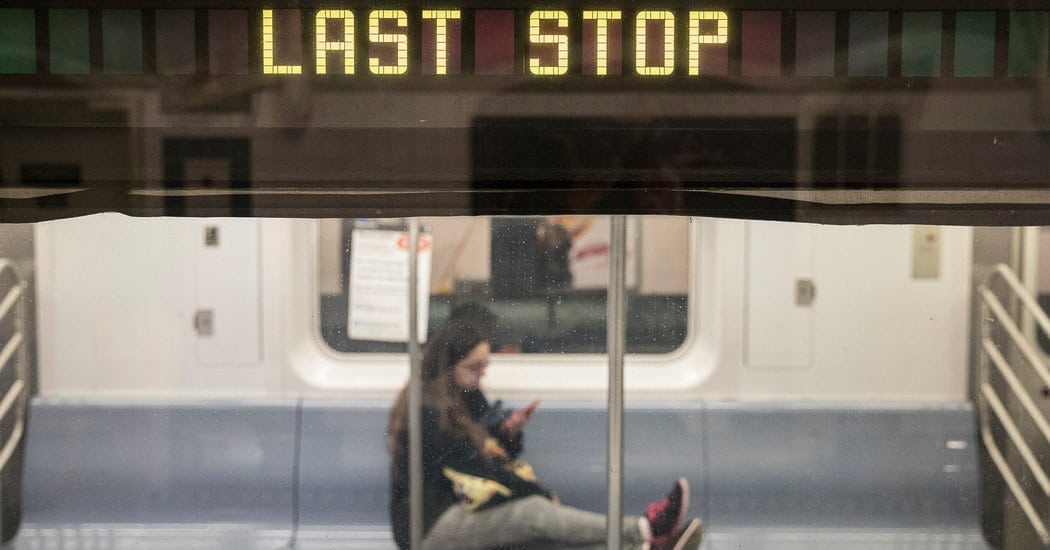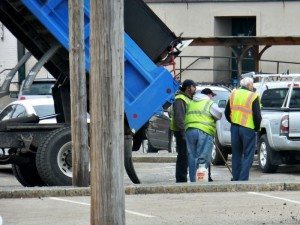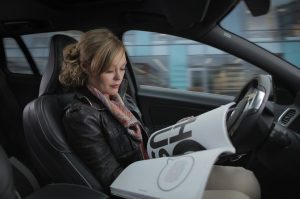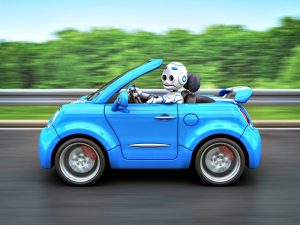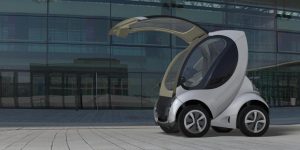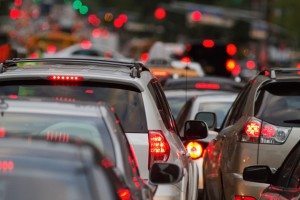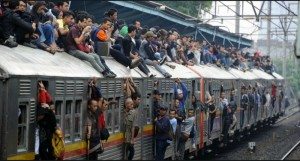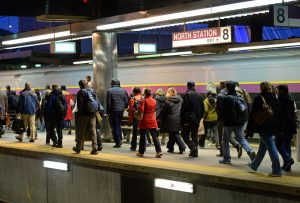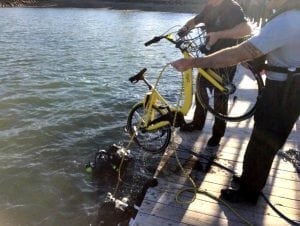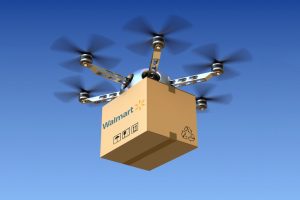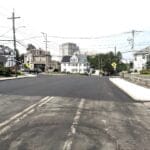<![CDATA[
– News from elsewhere covered by Quincy Quarry News with commentary added.
Pave over subway lines? Cities face tough bets on driver-less cars.
Transit advocates fear that unrealistic hopes for new technology – and how soon it might actually arrive on the scene – could lead cities down the wrong path.
Autonomous vehicles that will outperform buses, cost less than Uber and travel faster than cars stuck in traffic today are two years away. Or ten.
Or maybe thirty.
In the meanwhile, automakers have enjoyed record sales in recent years, and especially of less efficient SUV’s and trucks as opposed to über high mileage hybrids and electric vehicles.
As reported previously by Quincy Quarry, cracking the technological nut to achieve full driver-less autonomy would appear to be a lot tougher to crack than some proponents believe – and perhaps way tougher.
But visions of an autonomous future have already crept into City Council meetings, political campaigns, state legislation and decisions about what cities should build today.
In turn, this unnerves some transportation planners and public transit advocates who fear unrealistic hopes for driver-less cars as well as how soon they will become widely available could lead cities to mortgage the present for something “better” but which they have not yet actually seen.
“They have imbued autonomous vehicles with the possibility to solve every problem that was ever created in transportation since the beginning of time,” said Beth Osborne, a senior policy adviser with the advocacy group Transportation for America.
“That might be a tad bit unrealistic,” added Ms. Osborne.
“It’s very easy to get caught up in these sensationalized visions,” said Tina Quigley, general manager of the Regional Transportation Commission of Southern Nevada. “Some of these visions may eventually come to fruition. But we are not talking about them happening in the next five years even, some of them (not even, ed.) in the next 10 years.”
Also, the potential benefits of driver-less cars will not kick in until there is mass adoption.
Even in that (perhaps, ed.) distant future, Ms. Quigley adds, there simply won’t be enough space in the busiest corridors for everyone to ride in an autonomous vehicle.
Highways today can carry about 2,000 cars per lane per hour.
Autonomous vehicles theoretically might be able to quadruple per hour usage rates; however, the best rail systems can carry more than 50,000 passengers per lane per hour.
Simply put, rail systems move the most people while also using the least space. No technology can overcome that geometry, said Jarrett Walker, a Portland-based transportation consultant.
“Let’s talk about what we can predict,” added Mr. Walker. “The problem of the city is a problem of sharing space. In 2100, the problem of the city will still be a problem of sharing space.”
This possibility is not radically different from today.
Uber and Lyft currently offer the closest approximation to how people are expected to behave in an autonomous future should consumers use cars they do not own. Both companies are frequently cited by opponents of transit; however, both Uber and Lyft back big transit investments as without them their riders in congested cities would be stuck in even worse traffic.
Plus, no system of autonomous cars could be more efficient than the New York subway (theoretically, ed.), claims Andrew Salzberg, Uber’s head of transportation policy and research.
In turn, Uber needs public transit, just as it will need electric scooters and bikes and the congestion pricing it also supports in New York to ensure that cheaper transportation doesn’t simply lead to more traffic.
Put another way, at the end of this century ride, bike and scooter sharing services may well be mostly just but working around the edges by displacing some unknown share of current private vehicle ownership as well as by providing lower cost taxi services care of technological enhancements by adding some additional capacity via enhanced utilization of roadway capacity via the use of autonomous vehicles.
Case in point: while hub and spoke design airline systems and striving through algorithms to better fill planes have reduced in real dollar costs the cost of air travel while greatly increasing the numbers of passenger flown without as great increases in aircraft numbers and size, few – if any – people speak of enjoying improved air travel experiences, much less merely but increased leg room.
Source: Pave Over the Subway? Cities Face Tough Bets on Driverless Cars
]]>


